About a week ago I got a package. When I opened it, this fell out.
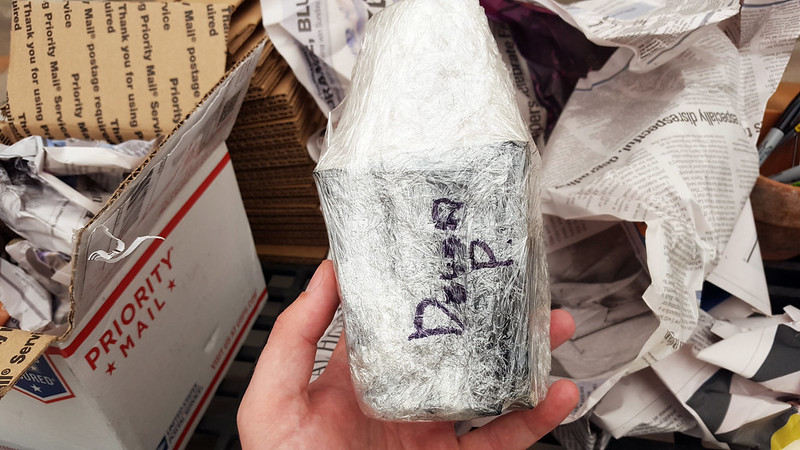 |
| Oh man look at this. |
Very exciting! Let's cut off that plastic wrap...
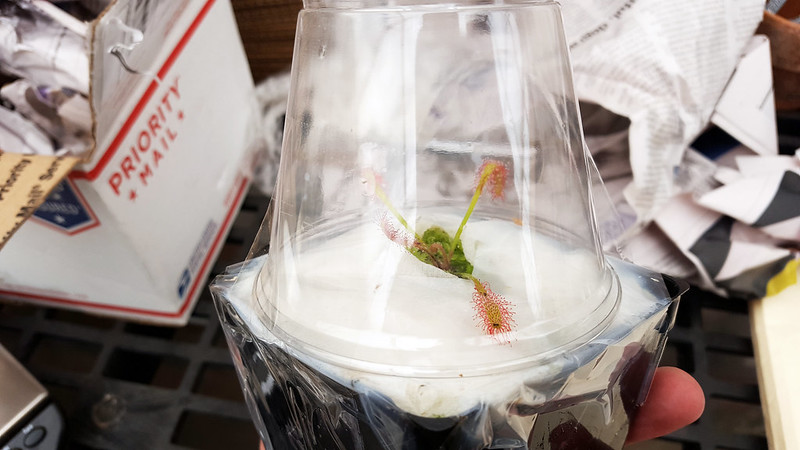 |
| Very safe indeed. |
It's a sundew! And quite well-packed, I must add. This is a much more deluxe shipping experience than I use when sending people plants frankly. But what is it?
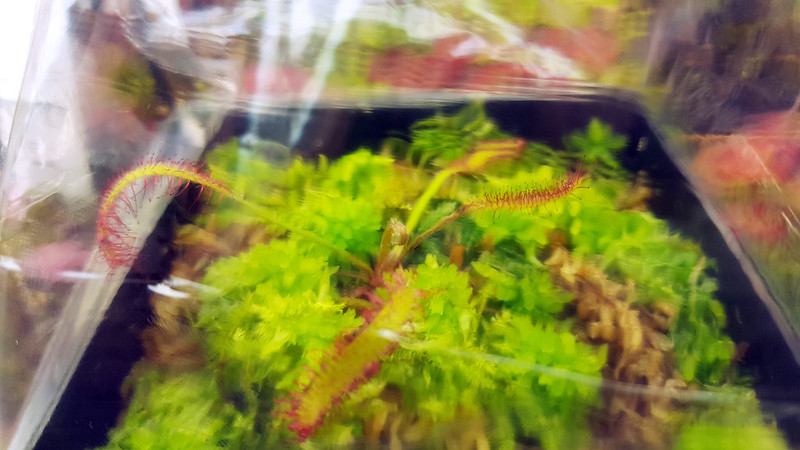 |
| What a cool plant. |
Why,
Drosera villosa of course! An uncommon South American sundew that looks a great deal like
Drosera capensis. This plant is courtesy of
Jeremiah Harris, one of the best carnivorous plant growers in these United States. I won an auction for this guy, which I've been looking out for for a while. Look at that
Sphagnum too! I'm excited to harden this plant off.
I've gotten a couple other plants recently as well. First of all there's this broad-leaf
D. capensis.
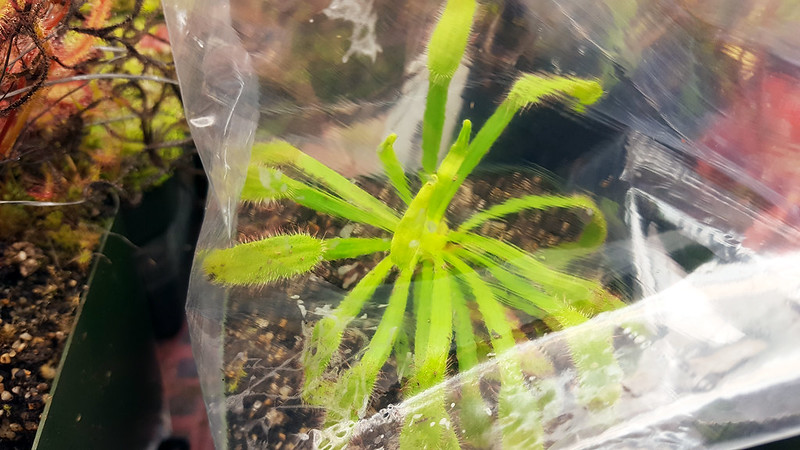 |
| Just wait for it. |
For quite a while now I've been hunting for the true broad-leaf
D. capensis. The broadest. The shortest and widest laminae. The flappy petioles. This one is from Hawken Carlton, another Colorado-based grower. Since this picture was taken I've seen some dew development on the freshest leaves, so it seems to be doing well. I'm excited for this clone!
Finally, I've gotten another nep. I needed something with a good peristome, and well there was this
Nepenthes spectabilis "Giant"...
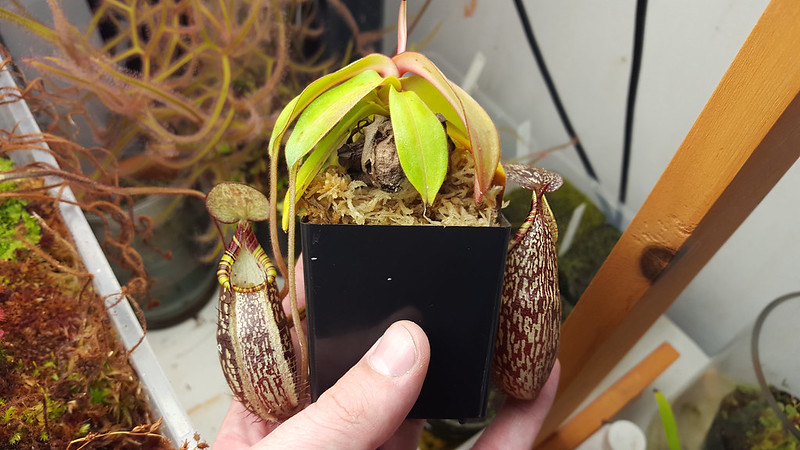 |
| This plant is much too cute. |
I mean, I've always been a
Nepenthes skeptic, but try to tell me that those are not adorable pitchers. I've got to do another post soon about my windowsill neps.
New plants are so much fun!





Do you by any chance have D. capensis Giant and if not, would you be interested in one? (10.5 inches across for me)
ReplyDeletePlant spread is a cost free or possibly extremely reasonable approach to develop your plant stock. It just takes a couple of devices that you likely as of now have: great secateurs, a scoop, planting medium, establishing hormone and a couple of pots. homyden.com/garden-pests-diseases-directory/
ReplyDelete